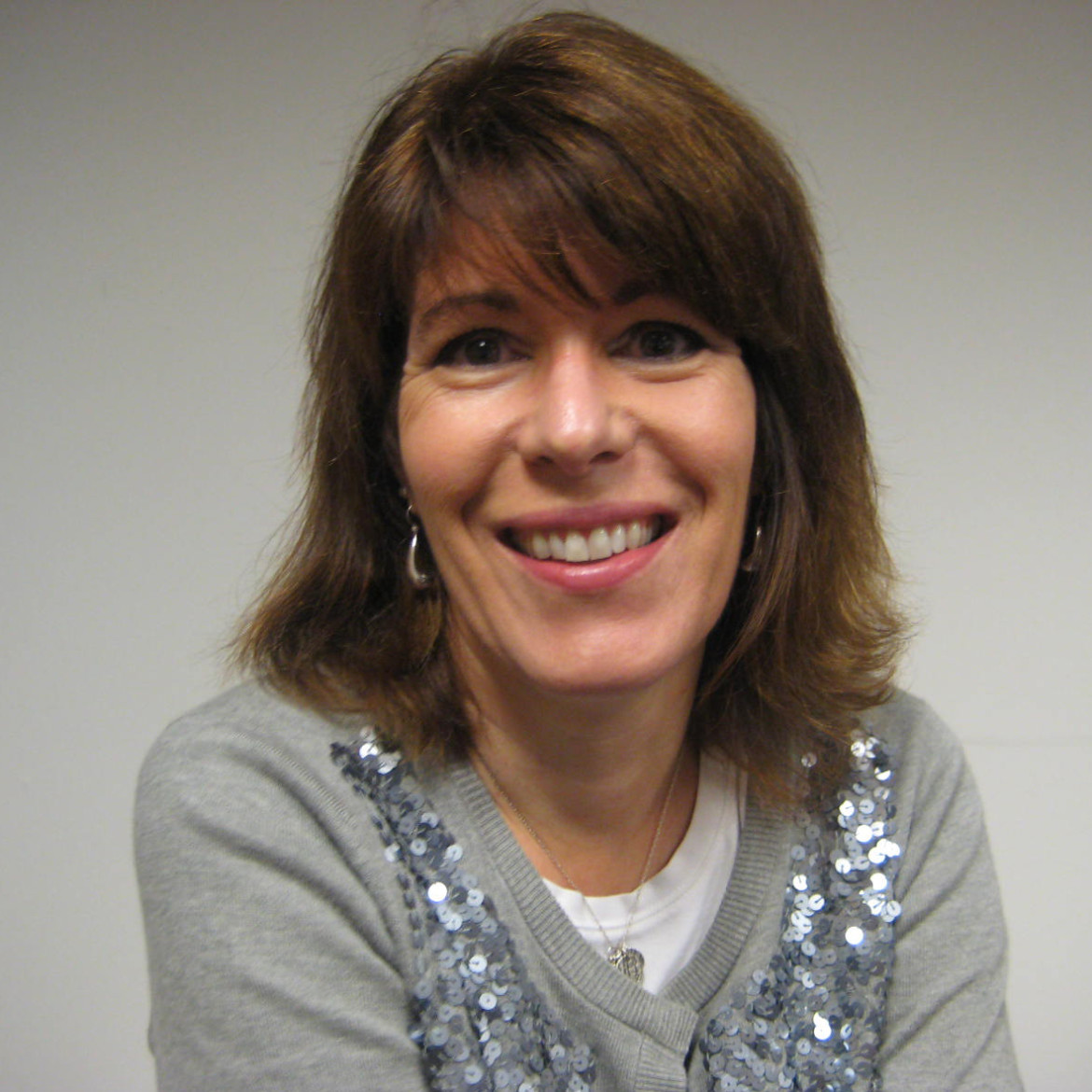 NEW YORK -- Maria was just 14 years old when she came to the first meeting of a court-mandated program in her East Harlem neighborhood. Arms folded, she had a hardened look and didn’t crack a smile.
NEW YORK -- Maria was just 14 years old when she came to the first meeting of a court-mandated program in her East Harlem neighborhood. Arms folded, she had a hardened look and didn’t crack a smile.
She was enrolled in a new Community Reinvestment Alternative to Detention program for youth who would otherwise be removed from their home while awaiting a court appearance, even though they have a low risk of re-offending. The initiative was designed by the New York State Office of Children and Family Services (OCFS) to invest in, expand and enhance community resources to prevent family court placements into the state’s juvenile justice system. The ultimate goal is to provide youth and families in high-need communities with a comprehensive community network of supports.
Maria’s first class was on parenting. Many of the youth laughed, confident they wouldn’t make that mistake. Maria scoffed when the counselor explained they are required to take home a simulated baby programmed to wake up every few hours for feedings and diaper changes.
The exercise is designed to show teenagers how difficult being a parent is and encourage them to practice safe sex. Most of the youth willingly participate in the exercise, but return exhausted and complain the baby kept them up even though a computer-generated report shows that most failed to provide even the most basic care. But Maria was different. She had refused to participate at all and wouldn’t take a baby doll home.
While the team of counselors could have labeled her as a lost cause, to them, Maria was worth saving. Counselors worked with Maria over the course of the next four months to break through her tough façade. They knew somewhere inside was a 14 year-old-girl -- not yet ready for the challenges of becoming an adult. Finally, a breakthrough came when Maria revealed she had a baby at 13 who had died from SIDS. Now they understood; she wasn’t being defiant, she was suffering from trauma and trying to cope with her loss.
sing evidence-based treatment programs
She had never talked to anyone about her child’s death and never knew about the resources and support services available to help her through this emotional and tragic time in her life. Instead, she acted out and got into trouble.
Just a few short years ago, the courts would have removed Maria from her home and sent her to a detention facility to await her court appearance. She would have been with higher-risk youth and exposed to negative peer influences. She probably would have come out even more hardened and closed off than when she started and more likely to have future run-ins with the law.
But there’s a transformation taking place in juvenile justice in New York State and it’s focused on youth like Maria. With the use of a detention risk assessment tool, New York City judges are able to make objective determinations on which youth can effectively be managed – and better served -- through community programs. This research-based approach has prompted a shift in thinking, providing a clear light of hope for youth and their families who are most in need of our help.
A community-based model promotes better outcomes for youth by creating a support system giving youth the structure and reinforcement they need to not just survive, but to thrive. These changes are also resulting in a substantive boost in public safety.
The model put into practice by the Center for Alternative Sentencing and Employment Services (CASES) and Union Settlement Association, is a unique and effective partnership and something that should be replicated. Their program provides access to community resources such as mental health, substance abuse and legal services. Group activities help build positive peer interaction and youth are enrolled in educational and vocational institutions that help them obtain GEDs and gain employment.
Harnessing the strength and resources of existing neighborhood-based programs normalizes these youth, rather than separating them out into juvenile justice “silos” and treating them like baby criminals. Having the youth in the community affords them the opportunity to work both with them and their family to develop long lasting supportive relationships.
The program also works with youth based upon their interests and passions, not just their needs or bad behavior. For many, this may be the first time that they are setting personal goals and being given the tools they need to reach them.
The collaboration between law enforcement professionals, the judiciary and advocates from the community is imperative for successful multidisciplinary partnerships that address public safety and positive youth development. Only if all the participants “buy into” the model will it be successful.
This partnership has exceeded all expectations. The average re-arrest rate for program participants was 50 percent lower than predicted by their risk level at intake. This approach also makes good financial sense. It is a fraction of the cost at less than $50 per youth per day as opposed to more than $600 per day for detention.
Maria benefited tremendously from this community-based service model, as did the community. She is now typically seen in her neighborhood doing positive things teenagers should be doing and -- most importantly – with a smile on her face. Furthermore, the public is safer because she is not on the path to repetitive crime.
The community-based service model works. It makes our communities safer and saves taxpayer dollars. But most importantly -- it works for the kids, like Maria, because it gives them a future.
Victoria Vattimo is Legislative Coordinator for the New York State Office of Children and Family Services (OCFS). She works closely with the OCFS Office of Communications to coordinate and manage special projects for the agency, including the OCFS Facebook page at https://www.facebook.com/
